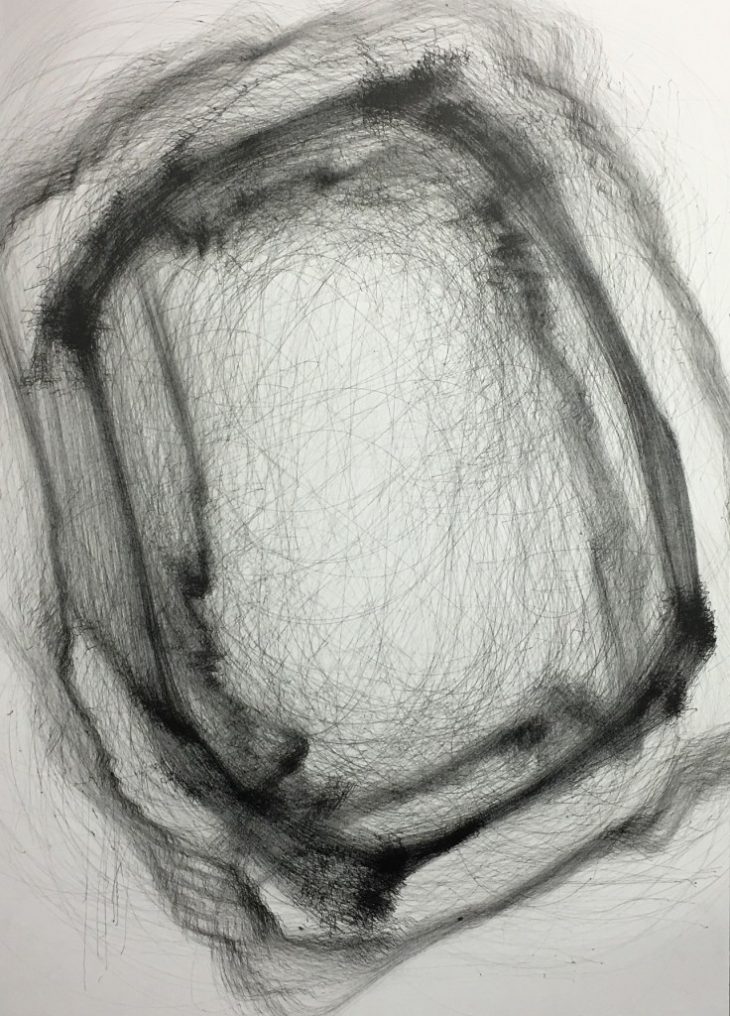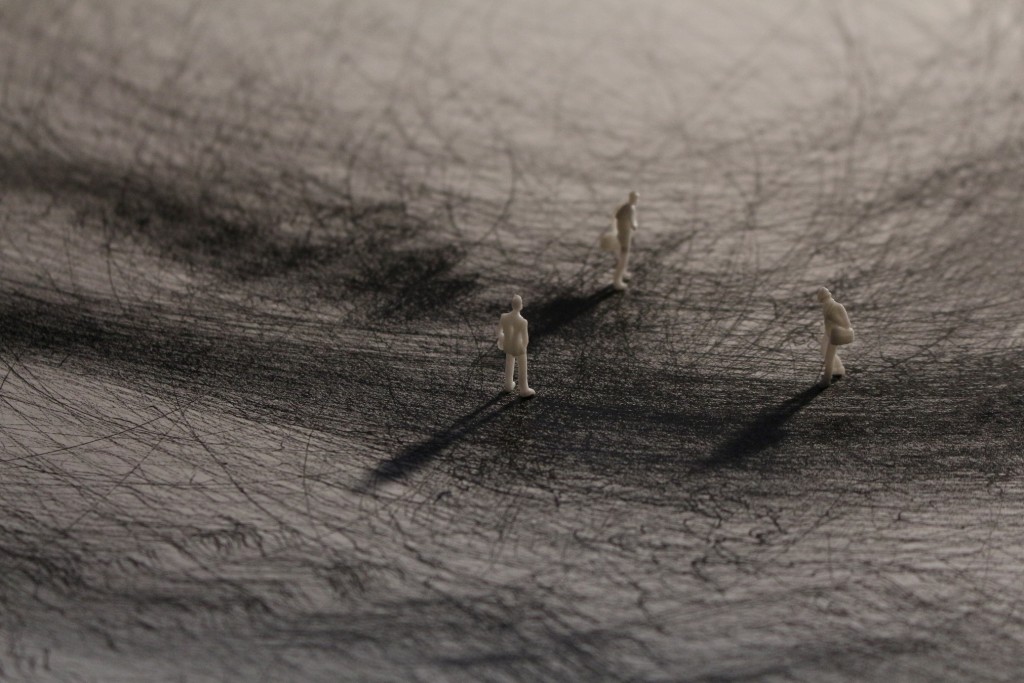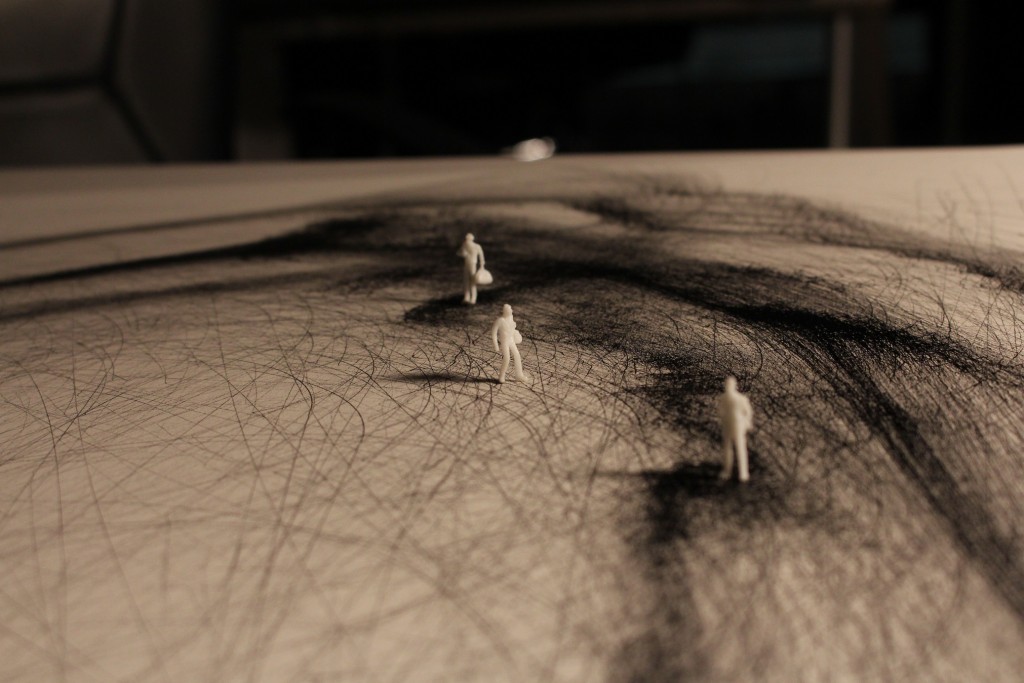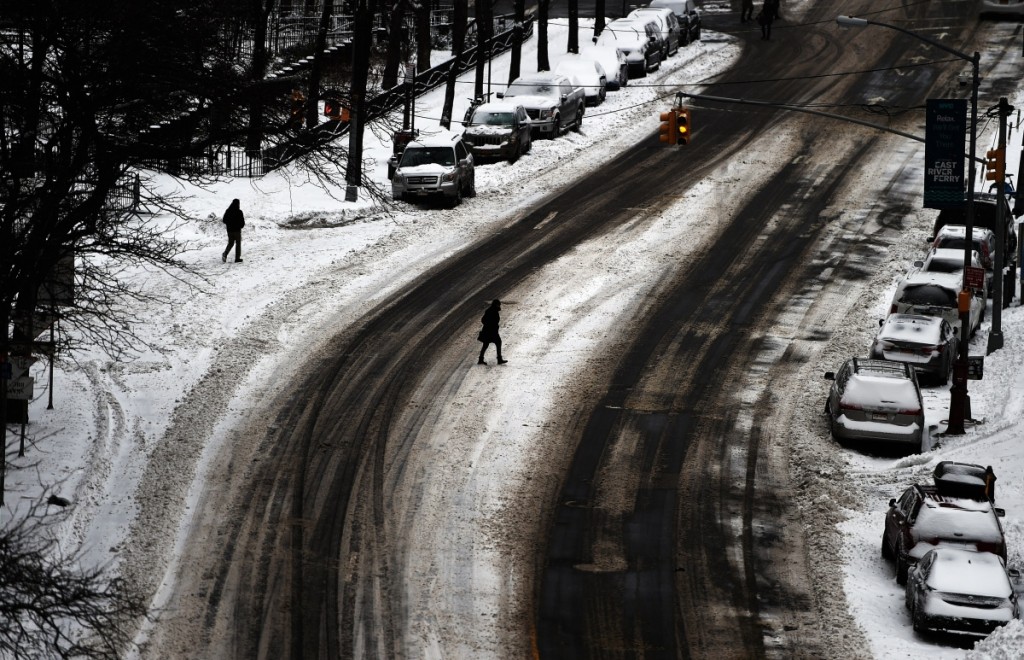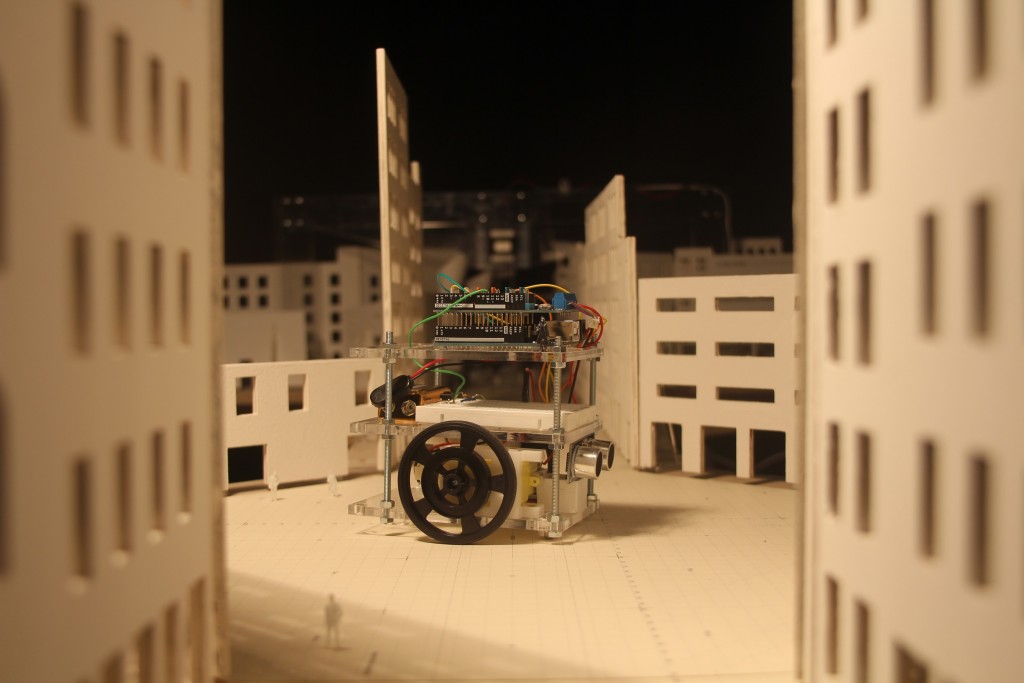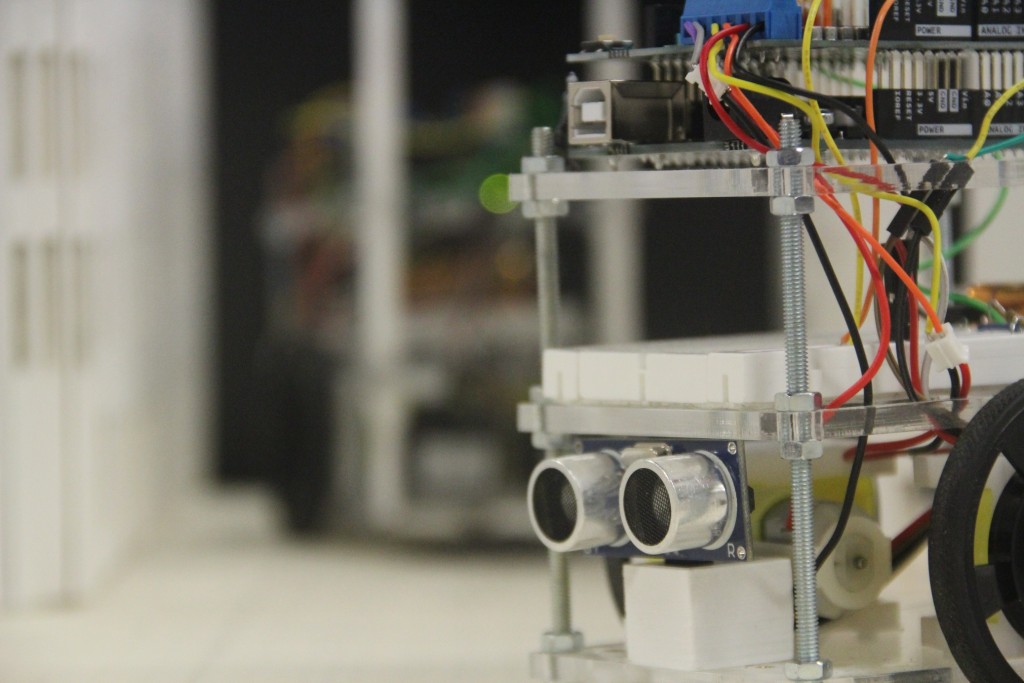Mutant Architecture: The Wear and Tear of Time
The Eixample square is located at the intersection of Calle Napoles and Calle de la Industria. The concept behind the project is to reimagine the urban space by generating a different public space with more green, more accessibility for pedestrians, to play or practice sports and to create new social and interaction spaces.
The main objective of this proposal is to revitalise and intensify the use of public space, a space that can accommodate multiple uses, from walking and resting to futuristic and unimaginable outdoor leisure activities. By doing so, we activate the Superilles.
Initially, we began with making automated drawings in which form followed energy. These vectorial black and white drawings were created with the so-called drawing machine.
We then scaled this machine into an existing location and the drawing machine now resembles human movement after we had analysed the public space and mapped the invisible conditions of this particular block. This lead us to the aim of the urban scenario which is to create interventions that are responding to the movement of people.
In nature, animals choose the fastest and most efficient way to navigate themselves in their journey. If the urban fabric wasn’t pre-designed in a top down masterplan manner, this would also happen in spaces inhabited by human beings. Therefore, the newly built environment will act in response to the movement of people.
This movement of people is referred to as ‘desire paths’. These paths are unpaved routes, creating spontaneous new trails shaped by pedestrians. Unstructured routes can develop for all kinds of reasons. The logic of these paths reflect a degree of intentional movement, starting organically and then being manually carved. Which ultimately results in the wear and tear of the Eixample through time.
Space right next to the paths becomes negative space. These specific spaces are adaptable to the needs of the users of the square. The spaces that emerge from the position of the paths can be built up.
The urban space can easily adjust to new unforeseeable conditions. As a consequence of a continuous changing environment, this approach will serve as the most optimal arrangement of this urban space and therefore be adaptable for future movement.
In conclusion, urban interventions are about evolving and understanding the relationship between the social and the spatial of public places that allow for all sorts of activeness that echo the dynamics of the immediate area of the Eixample.
